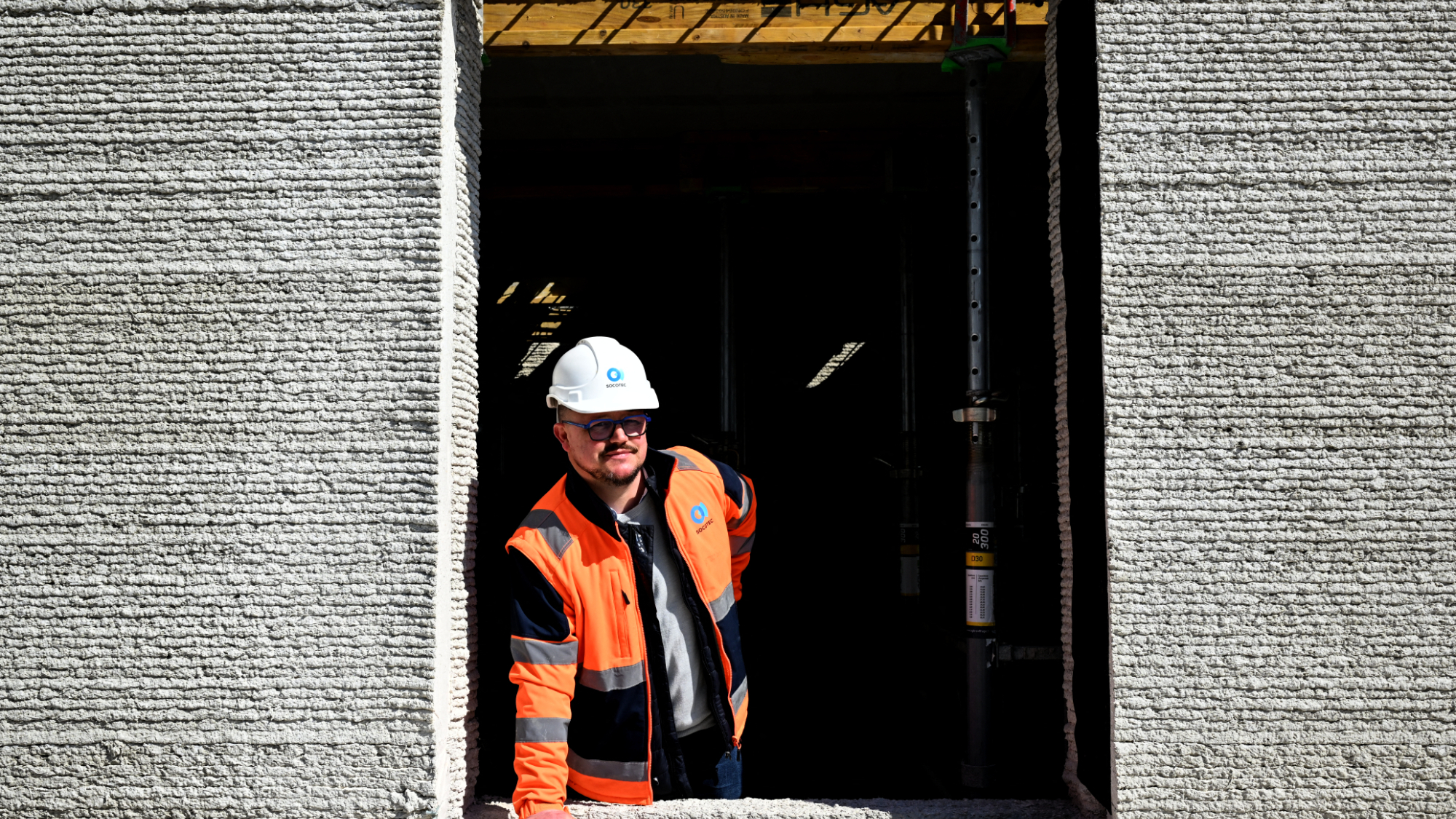
The scope of 3D printing has gotten much bigger over the years, so much so that 3D-printed buildings are on track to become less of a novelty. A team of scientists from the UK, more specifically professors from the University of Bristol, have thankfully been hard at work developing a giant simulator capable of testing these 3D printed buildings for safety in the event of natural disasters like earthquakes by shaking them.
The simulator is essentially a huge table with mounting brackets to hold 3D-printed structures in place. The team can program a handful of movements, particularly horizontal motions, which can provide a look at how the structure will behave during sudden seismic activity. This work is being handled in the University of Bristol's Soil Foundation Structure Interaction Laboratory (SoFSI) and has been showcased by the BBC, which claims this project is the first of its kind.
Anastasios Sextos is a professor of earthquake engineering and confirmed that a major goal of this project is to help find a crossroads between affordability and safety when it comes to the future of 3D printed housing. Tests like these are crucial in helping designers create stable 3D designs that can be replicated safely for consumers who may not have the means to ensure the design integrity on their own.
Joking with BBC, Professor Sextos claims the team can test "anything that we can bolt to the table." So far, the simulator seems to be exclusively dedicated to testing 3D printed buildings. Once the simulator has completed the test, the information gathered can be shared with the original designers for further study.
Professor Sextos hopes that this work can help designers create safe and reliable building designs for people worldwide. Some countries are more likely to encounter earthquakes than others, and these tests make a huge difference for the people who rely on housing options like 3D-printed buildings.
There are some limitations with the simulator, mainly in the department of size. Speaking of giant 3D-printed buildings, you might like our recent story on the world's tallest 3D-printed building, found in Switzerland.
Follow Tom's Hardware on Google News to get our up-to-date news, analysis, and reviews in your feeds. Make sure to click the Follow button.







